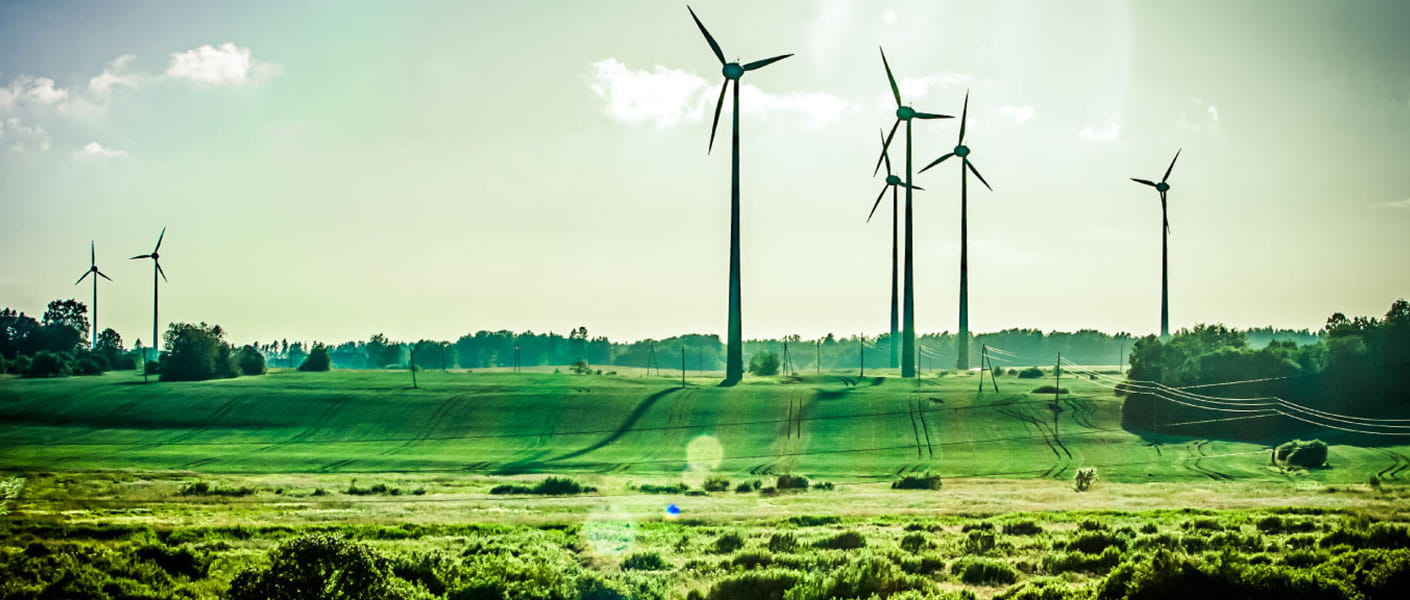
Change is scary. Especially when it’s not in your control. One of the most rapid areas of change that the world is experiencing is in our energy systems which, until very recently, have remained essentially unchanged for the best part of a hundred years.
Whilst there is a great deal of excitement around renewables and distributed generation, we are only just at the tipping point for those technologies entering the mainstream. The fact that we have progressed this far on the energy journey is incredible enough, and though it seems to have been a sudden shift, this transition will most likely not be a smooth one, with a long way to go yet.
Change is happening whether we like it or not
For many countries and their governments, particularly advanced economies, this is a fundamental shift from what they know and have grown to trust. It’s impacting energy security and consumer choice in equal and opposite ways.
We are seeing the reaction to that situation playing out today in Australia and the US as leaders seek to revert back to the perceived safety of more traditional methods of energy production when faced with difficulties in the transition.
It's not just the technology that's changing, we've had those changes at various times before and not seen such disruption - it is the balance of power. Distributed energy systems are now providing consumers of energy with a credible set of options that lie outside the traditional supply chain of utilities.





